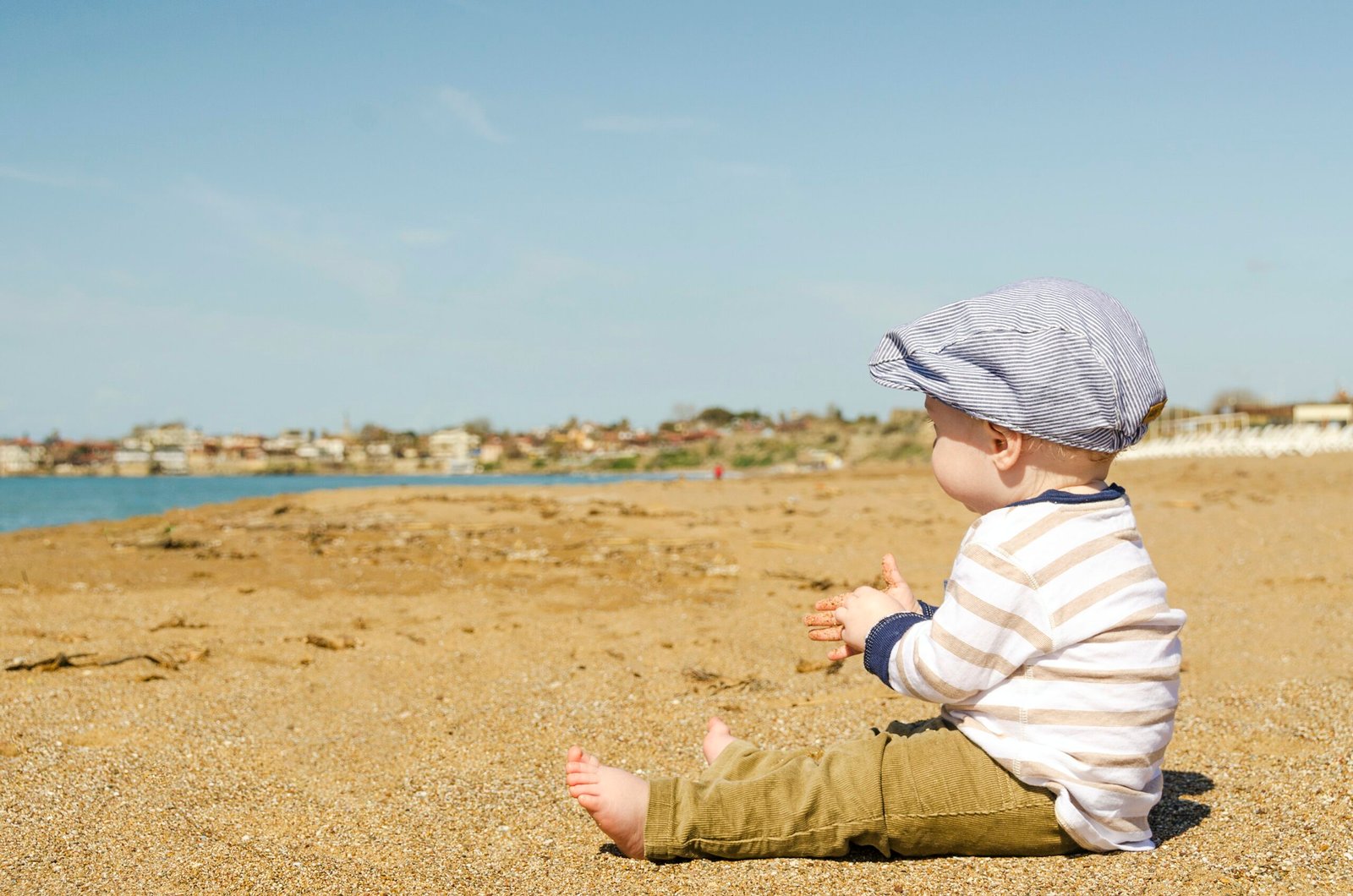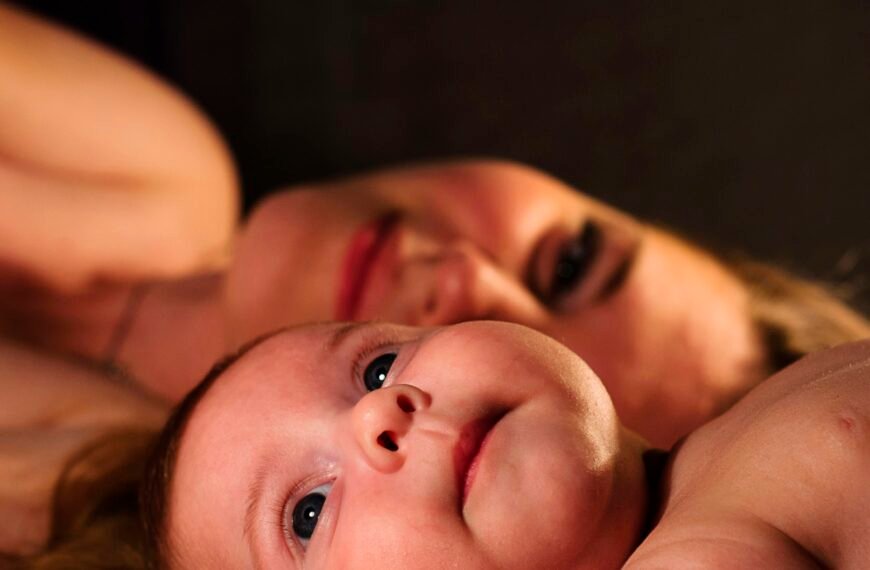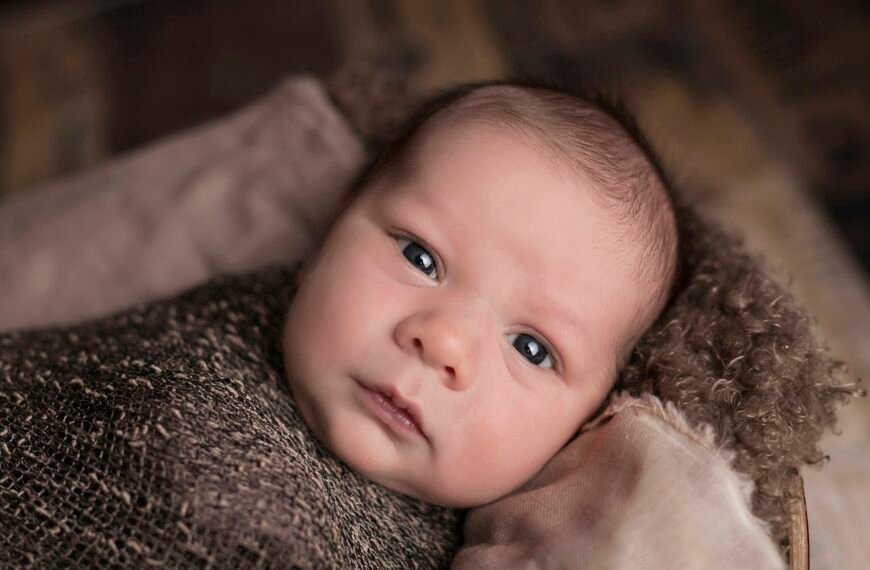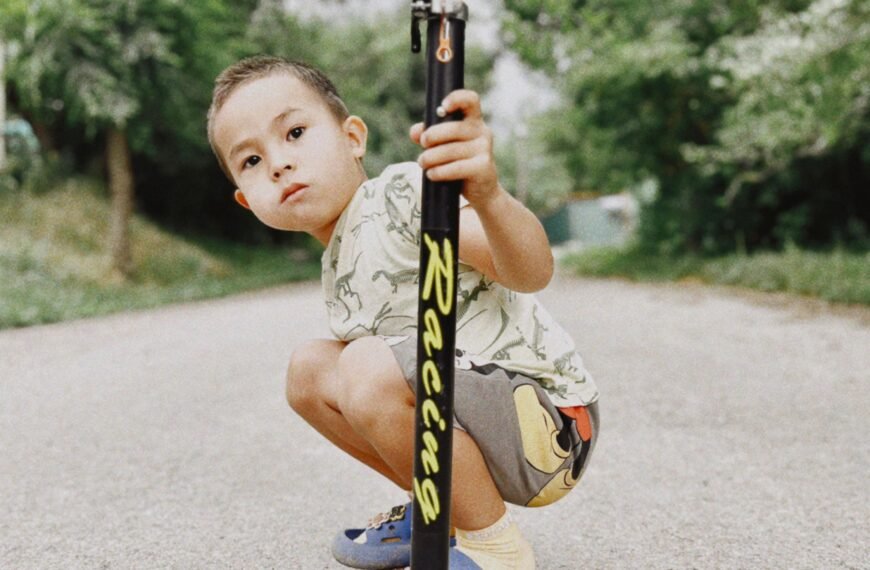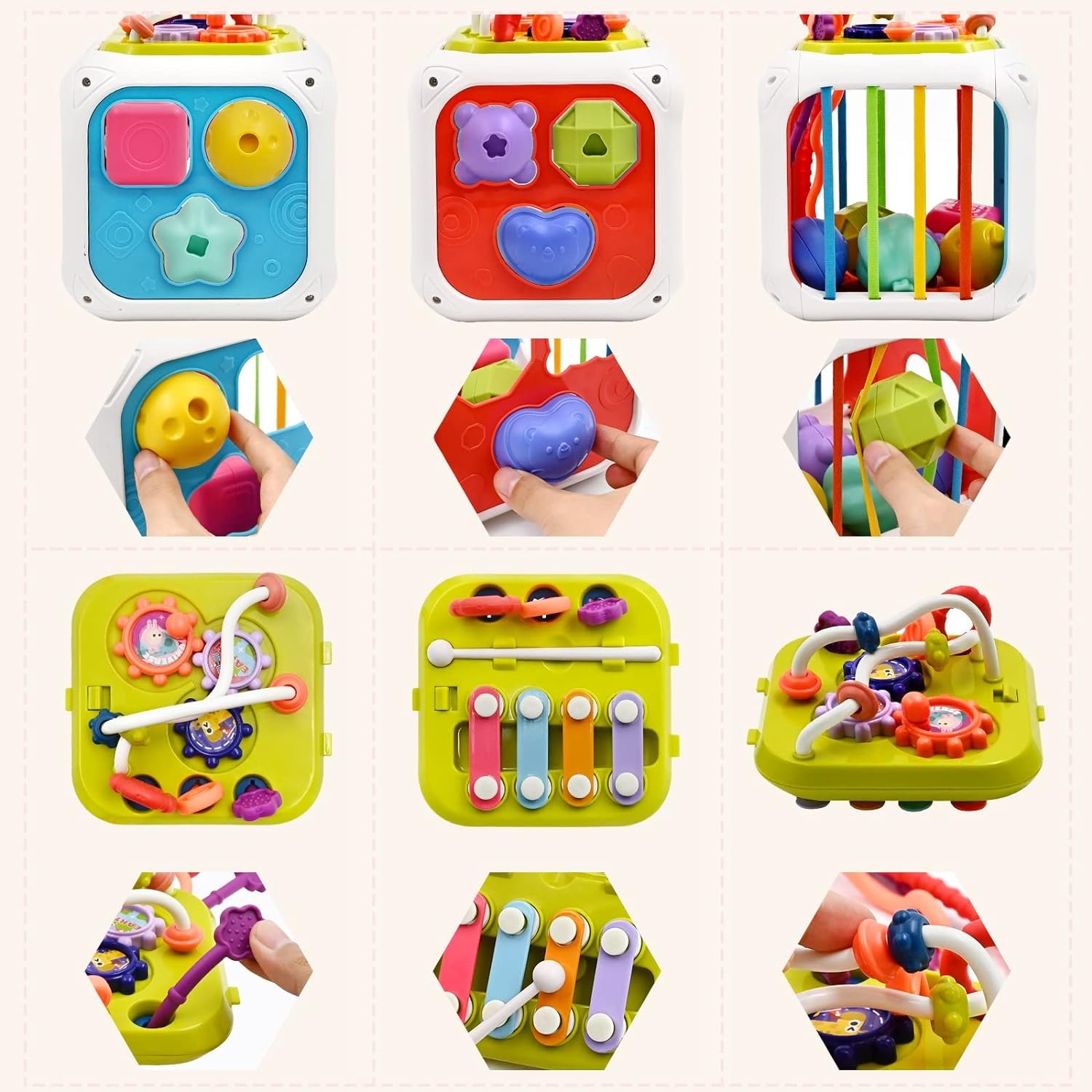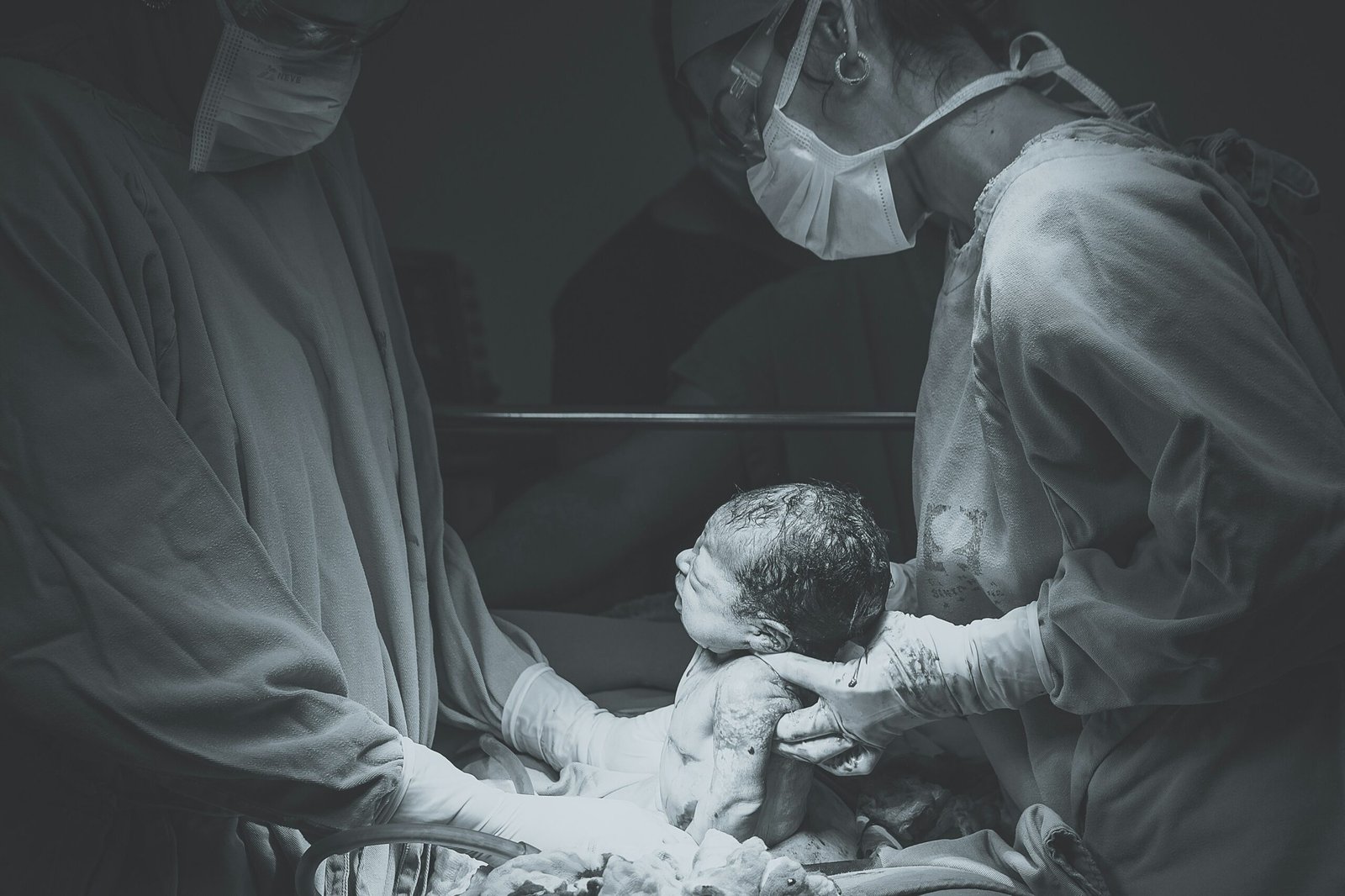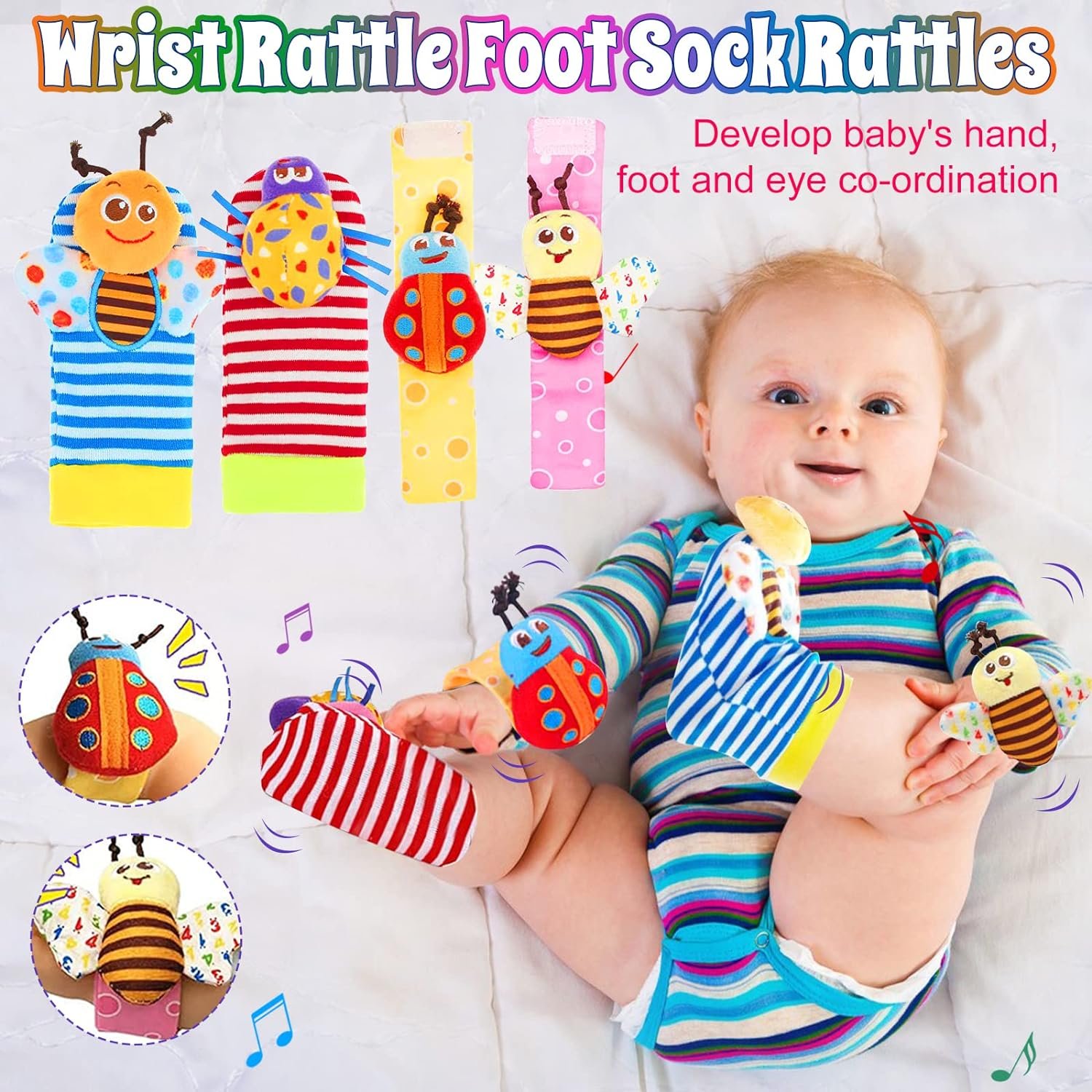In this article, we will explore a simple and effective method to sterilize all those beloved baby toys. As parents, we want nothing but the best for our little ones, ensuring their toys are germ-free and safe for playtime. Discover the key steps to keeping those toys squeaky clean, allowing your child to explore, learn, and have fun without worrying about harmful bacteria.
Check Baby Toys Guide & Review
Sterilization Methods
When it comes to keeping your baby’s toys clean and germ-free, there are various methods you can choose from. Each method is suitable for different types of toys, ensuring that you can maintain a safe and hygienic play environment for your little one. Let’s explore the different sterilization methods available and how to use them effectively.
Hot Water and Soap
One of the simplest and most effective ways to sterilize baby toys is by using hot water and soap. This method is suitable for a wide range of toys, including stuffed animals, plastic toys, and rubber toys. Start by rinsing the toys under warm water to remove any visible dirt or debris. Then, apply a mild detergent or baby-safe soap and rub it gently over the surface of the toys. Make sure to clean all the nooks and crevices thoroughly. Finally, rinse the toys well under running water and allow them to air-dry completely before giving them back to your baby.
Boiling
Boiling is another reliable method for sterilizing baby toys, especially those that are heat-resistant. It is particularly useful for rubber and silicone toys that can withstand high temperatures. To sterilize toys using boiling water, begin by cleaning them with hot water and soap as mentioned earlier. Once they are clean, place the toys in a pot of boiling water and let them boil for approximately five minutes. After boiling, carefully remove the toys from the water and allow them to cool before giving them to your baby. Always ensure that the toys are completely dry before use.
Steam Sterilizers
If you prefer a hassle-free and efficient way to sterilize your baby’s toys, consider using steam sterilizers. These devices use hot steam to kill bacteria and germs effectively. Steam sterilizers are especially handy for toys that have electronic components and cannot be submerged in water. To use a steam sterilizer, simply place the toys inside the sterilization chamber, following the manufacturer’s instructions. Close the lid and activate the sterilization cycle. Once the process is complete, allow the toys to cool before giving them to your little one.
UV Sterilizers
UV sterilizers are becoming increasingly popular for sterilizing baby toys due to their ability to eliminate pathogens without the use of chemicals or heat. These devices use ultraviolet light to kill bacteria and viruses effectively. To sterilize toys using a UV sterilizer, start by cleaning them with hot water and soap. Then, place the toys in the UV sterilizer and activate the sterilization cycle according to the manufacturer’s instructions. Once the process is complete, remove the toys and ensure they are dry before giving them back to your baby.
Chemical Sterilizing Solutions
Chemical sterilizing solutions can be used for certain types of toys that cannot withstand high temperatures or prolonged exposure to water. These solutions usually contain disinfectant chemicals that effectively kill bacteria and viruses. To sterilize toys using a chemical solution, mix the recommended amount of the disinfectant with water as per the manufacturer’s instructions. Submerge the toys in the solution for the specified time, ensuring that all surfaces are covered. Afterward, rinse the toys thoroughly with clean water and air-dry them completely before allowing your baby to play with them.
Sterilizing Stuffed Toys
Stuffed toys are a beloved companion for many babies, but they can also harbor germs and allergens. It’s important to sterilize them regularly to ensure your baby’s safety and well-being. Here are some methods you can use to sterilize stuffed toys effectively.
Surface Cleaning
For stuffed toys that are not machine washable or have delicate components, surface cleaning is the best option. Begin by removing any loose dirt or debris from the toy. Then, create a solution of mild detergent or baby-safe soap and warm water. Dip a clean cloth or sponge into the solution and gently rub the toy’s surface, paying extra attention to any stains or soiled areas. Once you have cleaned the entire surface, rinse the cloth or sponge with clean water and wipe away any soap residue. Finally, allow the toy to air-dry thoroughly before returning it to your baby.
Machine Washable Toys
For machine washable stuffed toys, utilizing a washing machine can be a convenient and effective sterilization method. Start by removing any loose attachments or accessories from the toy, such as ribbons or buttons. Place the toy in a pillowcase or laundry bag to protect it during the wash cycle. Use a gentle detergent and select the appropriate settings on your washing machine, such as a delicate or hand wash cycle. Once the cycle is complete, remove the toy from the pillowcase or laundry bag and allow it to air-dry completely.
Hand Washing Delicate Toys
If you have a delicate stuffed toy that is not suitable for machine washing, hand washing is the safest option. Fill a basin or sink with warm water and add a small amount of mild detergent or baby-safe soap. Gently submerge the toy in the soapy water and use your hands to agitate the water around the toy, ensuring that all surfaces are cleaned. Pay attention to any stained or soiled areas and gently scrub them with your fingers. Rinse the toy thoroughly under running water until all traces of soap are removed. Squeeze out any excess water and allow the toy to air-dry completely.

Sterilizing Plastic Toys
Plastic toys are a staple in every baby’s collection, but they can accumulate dirt and bacteria over time. It’s crucial to sterilize plastic toys regularly to ensure your baby’s health and safety. Here are some effective methods for sterilizing plastic toys.
Hot Water and Soap
As mentioned earlier, hot water and soap are a reliable method for sterilizing plastic toys. Begin by rinsing the toys under warm water to remove any visible dirt or debris. Then, apply a mild detergent or baby-safe soap and scrub the toys thoroughly with a sponge or brush. Pay close attention to any crevices or intricate designs that may trap dirt. Rinse the toys well under running water, ensuring that all soap residue is removed. Finally, allow the toys to air-dry completely before giving them back to your baby.
Dishwasher
Using a dishwasher is another convenient and efficient way to sterilize plastic toys. Start by checking the manufacturer’s instructions to ensure that the toy is dishwasher safe. Remove any loose attachments or electronic components from the toy before placing it in the dishwasher. Arrange the toys in the dishwasher rack, making sure to leave enough space between them for proper water circulation. Use a regular or gentle cycle with a mild detergent and avoid any high-temperature settings that may warp or damage the toys. Once the cycle is complete, remove the toys and allow them to air-dry fully.
Bleach Solution
If you need to disinfect plastic toys that have been exposed to germs or illnesses, using a bleach solution can be an effective method. Start by creating a solution of one part bleach to ten parts water in a well-ventilated area. Submerge the toys in the bleach solution for approximately five minutes, ensuring that all surfaces are covered. Afterward, rinse the toys thoroughly with clean water to remove any residual bleach. Allow the toys to air-dry completely before giving them back to your baby, as any remaining bleach can be harmful.
Sterilizing Wooden Toys
Wooden toys are not only eco-friendly but also durable and timeless. However, they require special care when it comes to sterilization to ensure their longevity and safety for your baby. Here are some methods you can use to sterilize wooden toys effectively.
Surface Cleaning
For most wooden toys, surface cleaning is sufficient to remove dirt and germs. Begin by wiping the toys with a damp cloth or sponge to remove any dust or grime. If there are stubborn stains or sticky residue, use a mild detergent or baby-safe soap diluted in warm water. Gently scrub the affected areas with a soft brush or cloth, ensuring that you do not saturate the wood with excessive moisture. Afterward, rinse the toys with a clean damp cloth to remove any soap residue. Finally, allow the toys to air-dry completely before giving them back to your baby.
Vinegar Solution
Vinegar is a natural disinfectant and can be used safely to sterilize wooden toys. Start by mixing equal parts of white vinegar and water in a spray bottle. Lightly spray the solution onto a clean cloth or sponge, ensuring that it is damp but not saturated. Wipe the entire surface of the wooden toys with the damp cloth, paying extra attention to any stained or soiled areas. Vinegar helps eliminate bacteria and neutralize odors. Once you have cleaned the toys, rinse the cloth with clean water and wipe away any vinegar residue. Finally, allow the toys to air-dry completely.
Hydrogen Peroxide Solution
Hydrogen peroxide is another natural and effective solution for sterilizing wooden toys. Mix equal parts of hydrogen peroxide and water in a spray bottle. Lightly spray the solution onto a clean cloth or sponge, ensuring that it is damp but not saturated. Wipe the entire surface of the wooden toys with the damp cloth, making sure to cover all areas. Hydrogen peroxide acts as a disinfectant, killing bacteria and viruses. Once you have cleaned the toys, rinse the cloth with clean water and wipe away any residue. Finally, allow the toys to air-dry completely before giving them back to your baby.
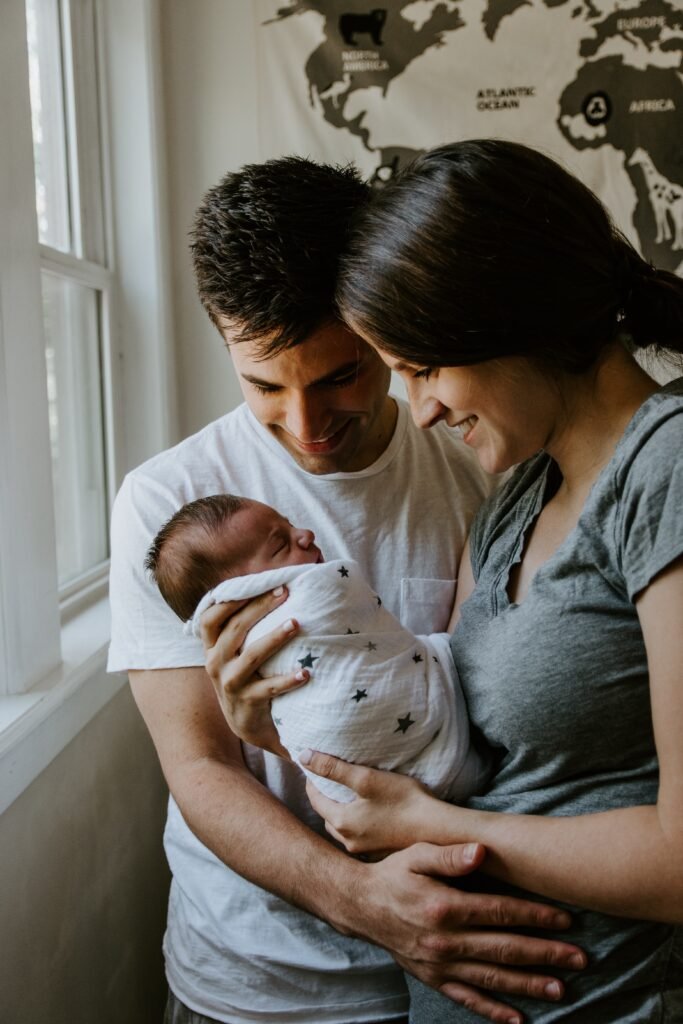
Sterilizing Rubber and Silicone Toys
Rubber and silicone toys are popular choices for babies, thanks to their soft textures and stimulating features. However, these toys can accumulate dirt, saliva, and other potential contaminants. Proper sterilization is essential to maintain their cleanliness and ensure a safe play environment for your baby. Here are some methods you can use to sterilize rubber and silicone toys effectively.
Hot Water and Soap
As with many other types of toys, hot water and soap are suitable for sterilizing rubber and silicone toys. Begin by rinsing the toys under warm water to remove any visible dirt or debris. Then, apply a mild detergent or baby-safe soap and scrub the toys thoroughly with a sponge or brush. Pay attention to any crevices or textured areas that may trap dirt or saliva. Rinse the toys well under running water, ensuring that all soap residue is removed. Finally, allow the toys to air-dry completely before giving them back to your baby.
Boiling
Rubber and silicone toys that are heat-resistant can be effectively sterilized by boiling. Start by cleaning the toys with hot water and soap as mentioned earlier. Once they are clean, place the toys in a pot of boiling water and let them boil for approximately five minutes. Boiling helps kill bacteria and viruses, providing a thorough sterilization. After boiling, carefully remove the toys from the water and allow them to cool before giving them to your baby. Always ensure that the toys are completely dry before use.
Dishwasher
For rubber and silicone toys that are dishwasher safe, using a dishwasher can be a convenient option for sterilization. Check the manufacturer’s instructions to ensure that the toys can withstand dishwasher cycles. Remove any loose attachments or electronic components from the toys before placing them in the dishwasher. Arrange the toys in the dishwasher rack, leaving enough space between them for proper water circulation. Use a regular or gentle cycle with a mild detergent, avoiding any high-temperature settings that may damage the toys. Once the cycle is complete, remove the toys and allow them to air-dry fully.
Sterilizing Metal Toys
Metal toys, such as toy cars or key rings, are prone to collecting dirt and bacteria due to their frequent handling. It’s important to regularly sterilize these toys to ensure your baby’s safety. Here are some methods you can use to sterilize metal toys effectively.
Hot Water and Soap
As with many other types of toys, hot water and soap can be used to sterilize metal toys. Begin by rinsing the toys under warm water to remove any visible dirt or debris. Then, apply a mild detergent or baby-safe soap and scrub the toys thoroughly with a sponge or brush. Pay attention to any intricate designs or raised textures that may trap dirt. Rinse the toys well under running water, ensuring that all soap residue is removed. Finally, allow the toys to air-dry completely before giving them back to your baby.
Dishwasher
Using a dishwasher can be a quick and efficient way to sterilize metal toys. Check the manufacturer’s instructions to ensure that the toys are dishwasher safe. Remove any loose attachments or electronic components from the toys before placing them in the dishwasher. Arrange the toys in the dishwasher rack, leaving enough space between them for proper water circulation. Use a regular or gentle cycle with a mild detergent, avoiding any high-temperature settings that may damage the toys. Once the cycle is complete, remove the toys and allow them to air-dry fully.
Vinegar Solution
Vinegar can be used to sterilize metal toys effectively, thanks to its natural antibacterial properties. Mix equal parts of white vinegar and water in a bowl or container. Submerge the metal toys in the vinegar solution for approximately fifteen minutes, ensuring that all surfaces are covered. Vinegar helps eliminate bacteria and neutralize odors. After soaking, remove the toys from the solution and rinse them thoroughly with clean water. Finally, allow the toys to air-dry completely before giving them back to your baby.
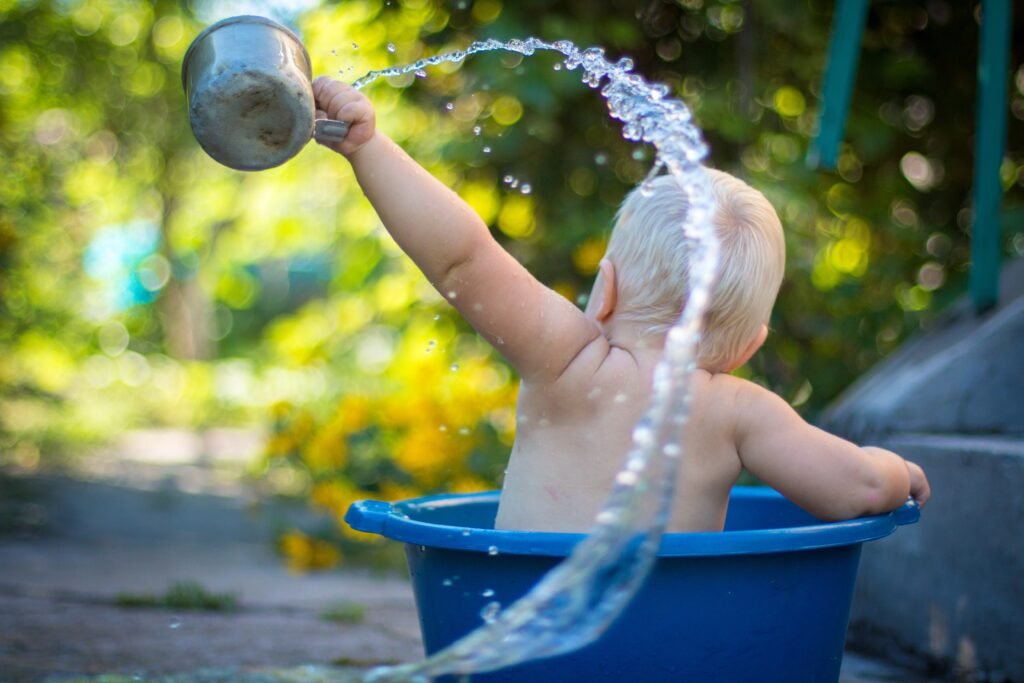
Sterilizing Electrical Toys
Electrical toys provide interactive and educational experiences for babies, but they can also harbor germs and bacteria. Extra care must be taken when sterilizing these toys to ensure their safety and functionality. Here are some methods you can use to sterilize electrical toys effectively.
Surface Cleaning
For electrical toys that cannot be fully immersed in water or sterilization solutions, surface cleaning is the best option. Start by unplugging the toy and inspecting it for any loose attachments or electronic components that can be safely removed. Use a dry cloth or sponge to wipe the entire surface of the toy, removing any visible dirt or debris. Pay special attention to buttons, switches, and crevices where bacteria may accumulate. If the toy’s surface is heavily soiled, use a damp cloth or sponge with mild detergent or baby-safe soap diluted in warm water. After cleaning, wipe the toy with a clean, dry cloth to remove any moisture.
UV Sterilizers
UV sterilizers are an excellent option for electrical toys that cannot be washed or immersed in water. These devices use ultraviolet light to effectively kill bacteria and viruses without the use of chemicals or heat. To sterilize electrical toys using a UV sterilizer, start by cleaning their surfaces with hot water and soap as mentioned earlier. Once the toys are clean, place them in the UV sterilizer according to the manufacturer’s instructions. Activate the sterilization cycle and allow it to complete. UV sterilization is quick and convenient, ensuring that your baby’s electrical toys are safe and germ-free.
Wipeable Disinfectant
If you need to target specific areas or components of an electrical toy, using a wipeable disinfectant can be an effective method. Choose a disinfectant that is suitable for use on electronic devices and ensure that it is safe for your baby. Spray the disinfectant onto a clean cloth or wipe and gently wipe the desired areas of the toy. Pay attention to buttons, switches, and any other surfaces that come into direct contact with your baby’s hands or mouth. Follow the manufacturer’s instructions regarding the contact time required for effective disinfection. Finally, allow the toy to air-dry completely before use.
Frequency of Sterilization
The frequency of sterilization depends on various factors, including your baby’s age, health, and the level of exposure to germs. Here are some general guidelines to help you determine the appropriate frequency of sterilization.
Daily Sterilization
For newborns and infants under three months old, daily sterilization is recommended to minimize their exposure to bacteria and viruses. During this stage, their immune systems are still developing, and they are more susceptible to infections. Sterilizing their toys, especially those that come into direct contact with their mouths, can help reduce the risk of illnesses.
Weekly Sterilization
Once your baby is over three months old and their immune system has strengthened, you can reduce the frequency of toy sterilization to once a week. However, it is important to maintain a regular cleaning routine to prevent the buildup of dirt, grime, and bacteria on the toys.
As-Needed Sterilization
In certain situations, such as when your baby has been sick, when toys have been shared or borrowed, or when the toys have come into contact with potential contaminants, it is essential to sterilize them immediately. This helps prevent the spread of germs and ensures that your baby’s toys remain safe and hygienic.
It’s important to note that these guidelines are general recommendations, and you should always consider your baby’s individual needs and circumstances when determining the frequency of toy sterilization. Regular observation and common sense are key to maintaining a clean and healthy play environment for your little one.
Tips for Safe Sterilization
Here are some additional tips to ensure safe and effective toy sterilization:
Read Manufacturer’s Instructions
Always refer to the manufacturer’s instructions for specific sterilization guidelines and recommendations for each toy. Different materials and designs may require different sterilization methods, and it’s essential to follow the instructions provided to avoid damaging the toys or compromising their safety.
Avoid Harsh Chemicals
When choosing cleaning products and disinfectants for toy sterilization, opt for mild and baby-safe options. Harsh chemicals can be harmful to your baby’s health if not rinsed off thoroughly. Avoid using bleach or strong disinfectants on toys that come into direct contact with your baby’s mouth or skin. It’s also a good idea to use eco-friendly and non-toxic cleaning products whenever possible.
Rinse and Dry Thoroughly
After sterilization, ensure that the toys are rinsed thoroughly with clean water to remove any residue from cleaning products or disinfectants. Residual chemicals can be harmful if ingested or if they come into contact with your baby’s sensitive skin. Always allow the toys to air-dry completely before returning them to your baby. Moisture can encourage the growth of bacteria, so it’s essential to ensure that the toys are completely dry.
Conclusion
Keeping your baby’s toys clean and germ-free is essential for their health and safety. With the variety of sterilization methods available, you can choose the most suitable one for each type of toy. Whether it’s using hot water and soap, boiling, steam sterilizers, UV sterilizers, or chemical sterilizing solutions, you can easily maintain a hygienic play environment for your little one. Remember to consider the material, manufacturer’s instructions, and your baby’s age and health when determining the appropriate frequency of sterilization. By following the tips and guidelines provided, you can ensure that your baby’s toys remain safe, clean, and enjoyable for many playtimes to come.

